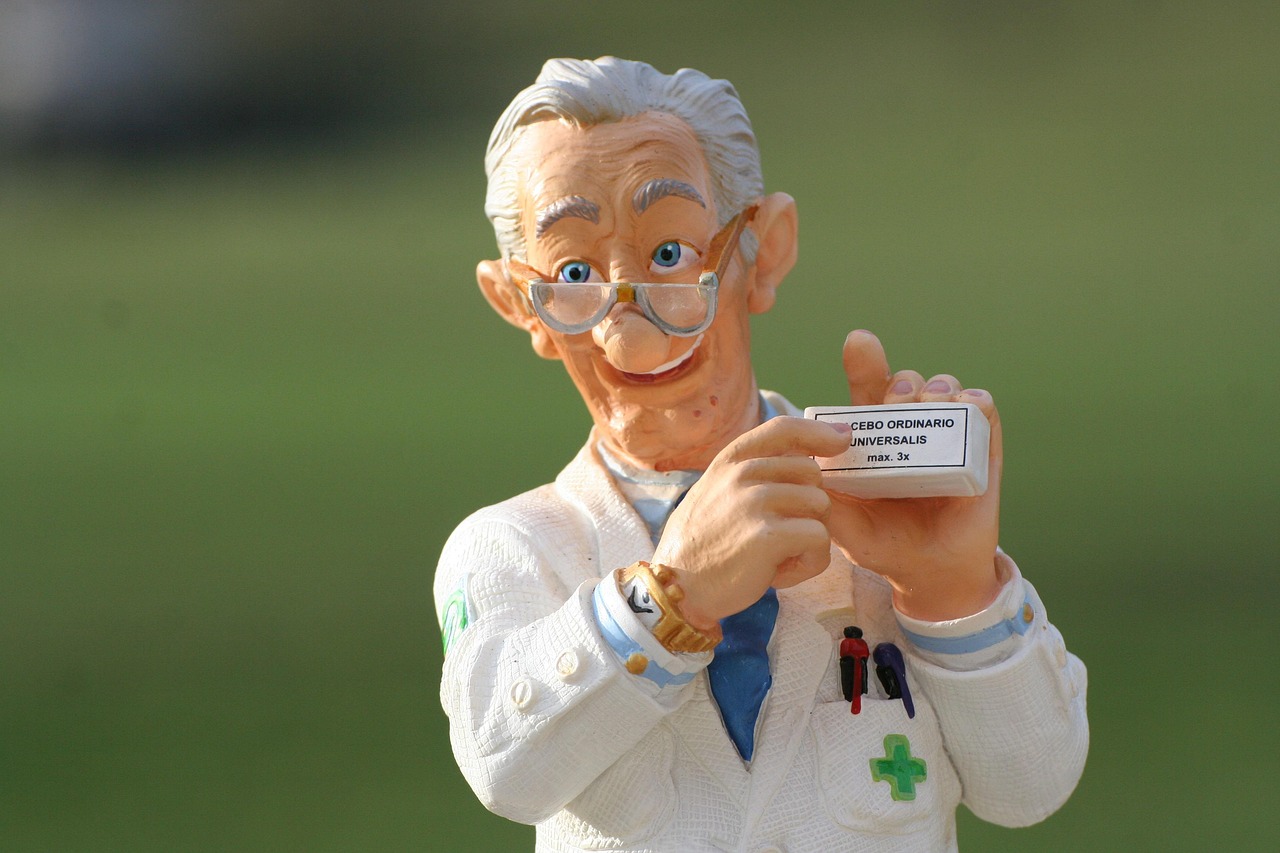Cognitive Behavioral Therapy (CBT) for teens offers practical tools to manage stress, anxiety, and negative thinking. It is a structured and goal-oriented approach that helps young people recognize unhelpful thought patterns and replace them with healthier ways of thinking and behaving. CBT equips teens with skills that can improve emotional regulation, reduce anxiety, and build resilience in everyday life.
This therapy is particularly effective because it encourages active participation, allowing teens to practice coping strategies and track their progress over time. By focusing on problem-solving and behavior change, CBT helps teens gain confidence and better handle challenging situations. Many find it a useful approach to addressing emotional difficulties without solely relying on talking about feelings.
Through clearly defined techniques, CBT teaches teens how to evaluate their thoughts and reactions, making it easier for them to respond to stress in constructive ways. This method supports lasting changes by reinforcing positive thinking patterns and healthy behaviors that can extend well beyond therapy sessions.
Understanding CBT for Teens
Cognitive Behavioral Therapy (CBT) offers practical strategies to identify and change harmful thought and behavior patterns. It helps teens develop skills to manage emotional challenges and improve their daily functioning. The therapy focuses on structured techniques tailored to adolescent needs and common mental health issues.
What Is Cognitive Behavioral Therapy?
CBT is a structured, goal-oriented psychotherapy that aims to modify negative thinking and behaviors. It teaches teens to recognize distorted or unhelpful thoughts and replace them with more realistic, positive ones.
Sessions often involve homework, like thought tracking or behavior exercises, to reinforce skills outside therapy. The approach emphasizes collaboration between therapist and teen to identify triggers and develop coping mechanisms.
It is evidence-based and commonly used to address anxiety, depression, and stress among teens, promoting long-term emotional regulation.
Unique Benefits of CBT for Adolescents
CBT adapts well to adolescent developmental stages by combining practical skill-building with psychoeducation. Teens learn to independently apply techniques to real-life situations, fostering autonomy.
The therapy encourages self-awareness, helping teens understand the connection between their thoughts, emotions, and actions. This insight supports healthier decision-making and emotional responses.
CBT’s structured nature suits teens who benefit from clear goals and active engagement. It allows measurable progress, which can motivate sustained participation.
Flexibility also enables customization to fit diverse teen experiences, including peer pressure, academic stress, or family dynamics.
Common Issues Addressed in Teen Therapy
CBT frequently targets anxiety disorders, including social anxiety and generalized anxiety, by teaching relaxation and cognitive restructuring techniques.
Depression is another major focus, with interventions addressing negative self-perception and low motivation through activity scheduling and positive thinking.
Other issues include stress management, anger control, and behavioral problems. CBT also supports teens coping with trauma or grief by gradually reshaping harmful thought patterns.
The therapy often equips teens with coping skills to handle peer relationships, school challenges, and emotional regulation effectively.
How CBT Works for Teenage Mental Health
Cognitive Behavioral Therapy (CBT) helps teens understand the link between their thoughts, feelings, and behaviors. It aims to replace negative thought patterns with realistic and positive ones, promoting better emotional regulation and coping skills. The process often involves structured techniques, collaboration with families, and careful therapist selection to ensure effective support.
Core Techniques Used in Teen CBT
CBT for teens employs several key techniques that target thought and behavior patterns. Cognitive restructuring helps teens identify and challenge distorted thoughts, such as catastrophizing or black-and-white thinking.
Behavioral activation encourages engagement in positive activities to counteract withdrawal or inactivity tied to depression. Exposure therapy gradually introduces teens to feared situations in a controlled, supportive way, often used for anxiety disorders.
Skills training helps teens develop problem-solving, stress management, and communication skills. These elements are combined in short, focused sessions, tailored to the teen’s specific mental health challenges.
Involving Families in the Therapeutic Process
Family involvement in CBT can enhance treatment outcomes by supporting the teen’s progress outside therapy. Parents and caregivers often participate in goal-setting and learn CBT principles to reinforce positive behavior changes.
Therapists may teach families how to recognize unhealthy thought patterns and provide consistent encouragement. This collaboration helps create a supportive home environment that sustains the skills the teen acquires.
It also improves communication and reduces misunderstandings that may contribute to the teen’s difficulties. Family engagement is balanced to respect the teen’s privacy while fostering a team approach to mental health.
Choosing the Right Therapist for Teens
Selecting a therapist skilled in both CBT and adolescent psychology is crucial. A therapist with specialized training understands the unique developmental and emotional needs of teenagers.
Look for clinicians experienced in treating specific issues like anxiety, depression, or behavioral disorders within a teen population. It helps if the therapist offers a structured approach and clear goals tailored to the teen’s situation.
Comfort and rapport are also important, as teens engage best when they trust and feel understood by their therapist. Confirming credentials and seeking recommendations can guide families to effective, properly trained professionals.


Leave a Reply